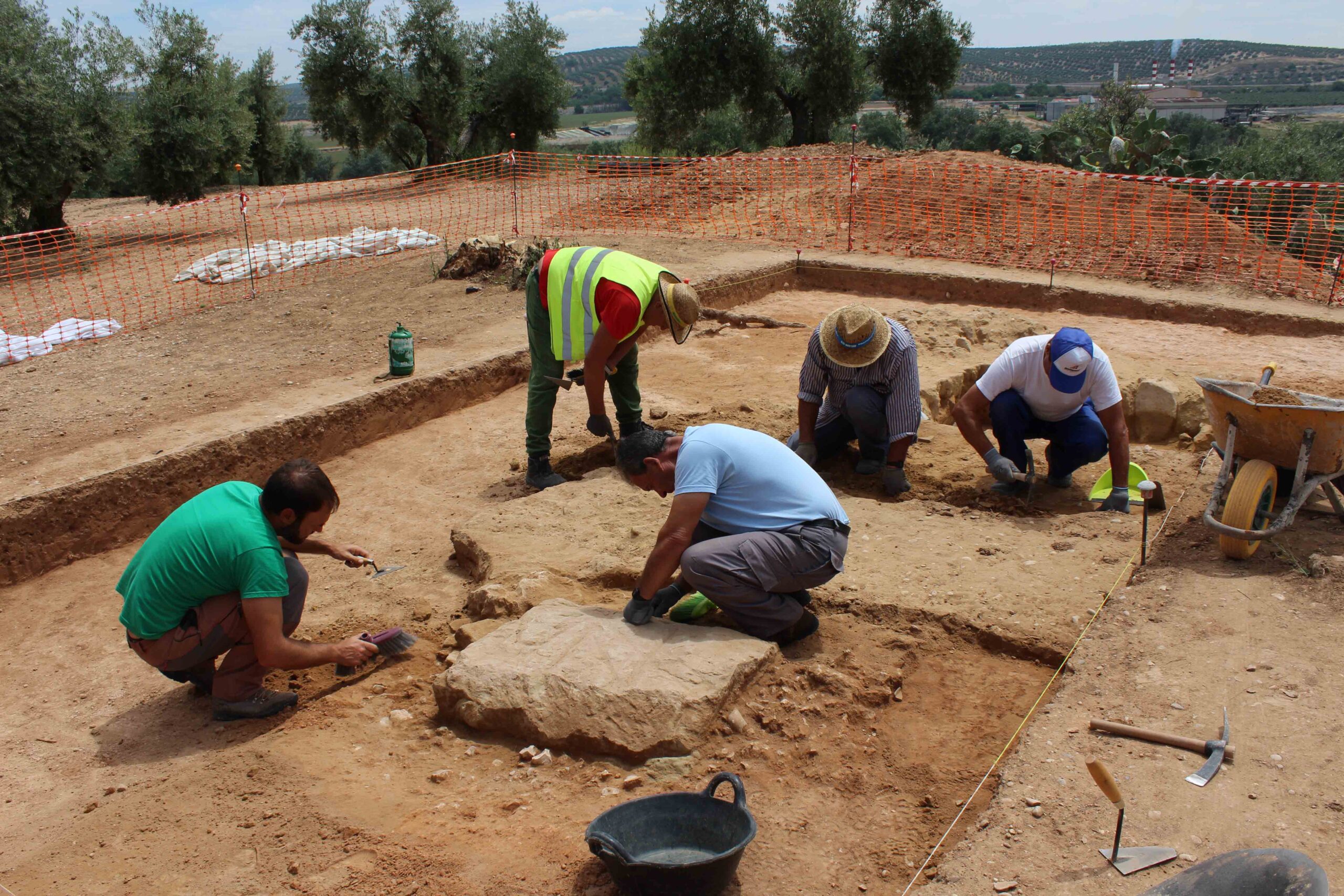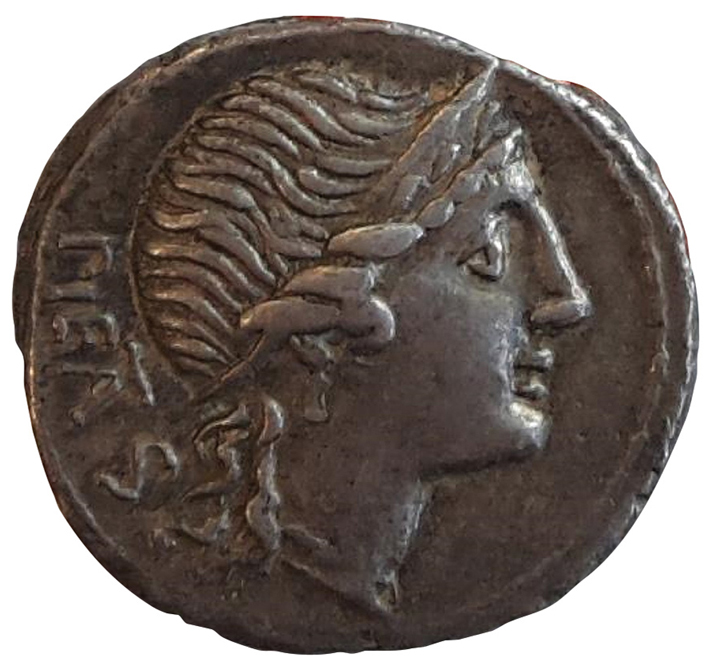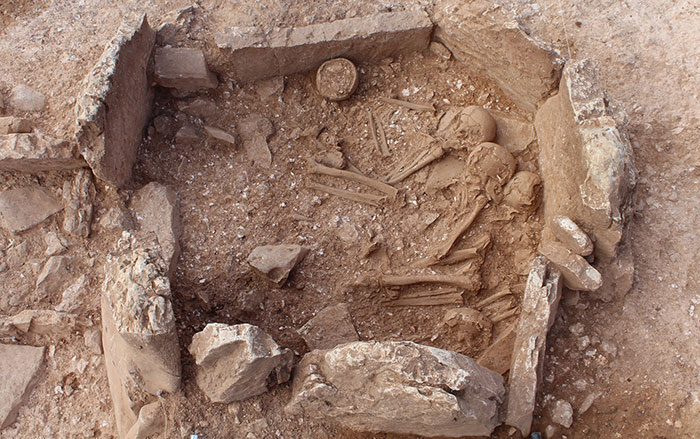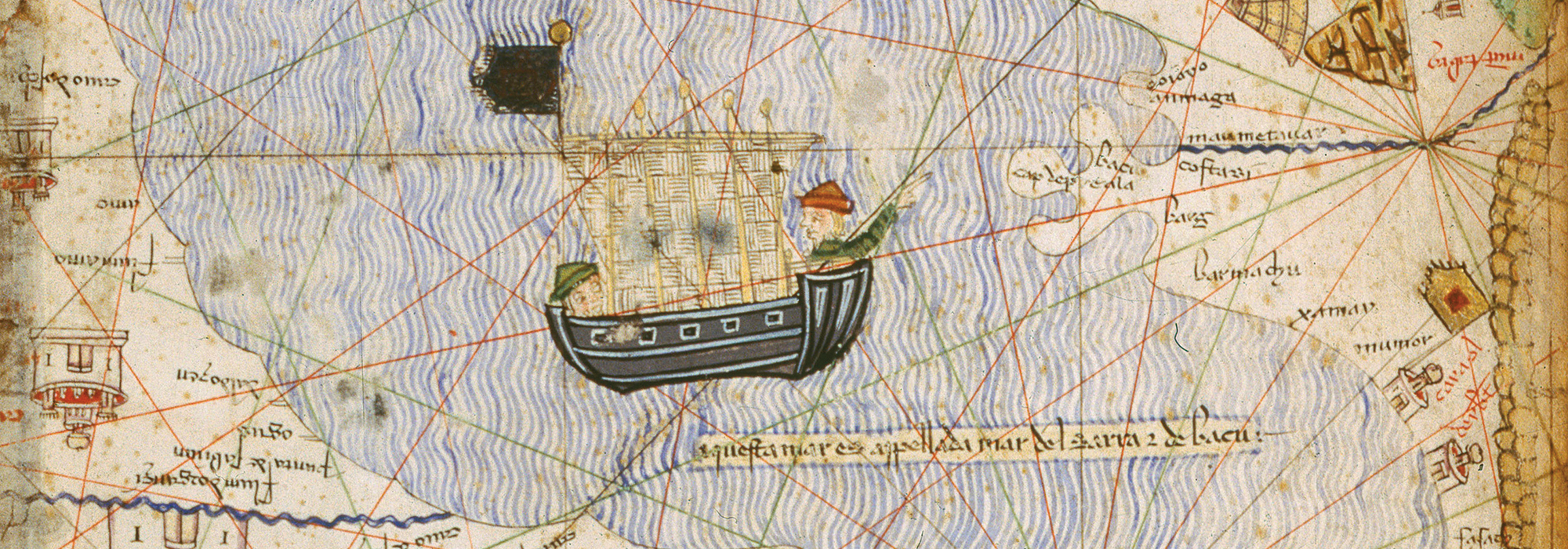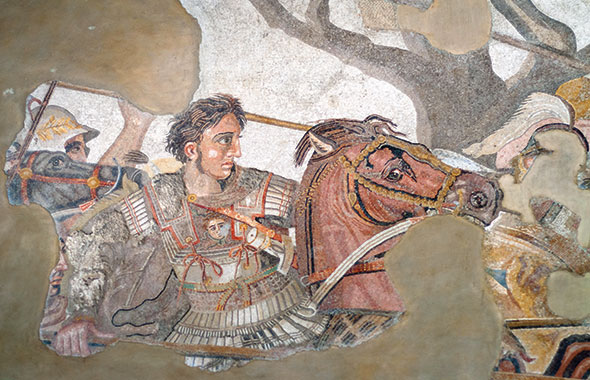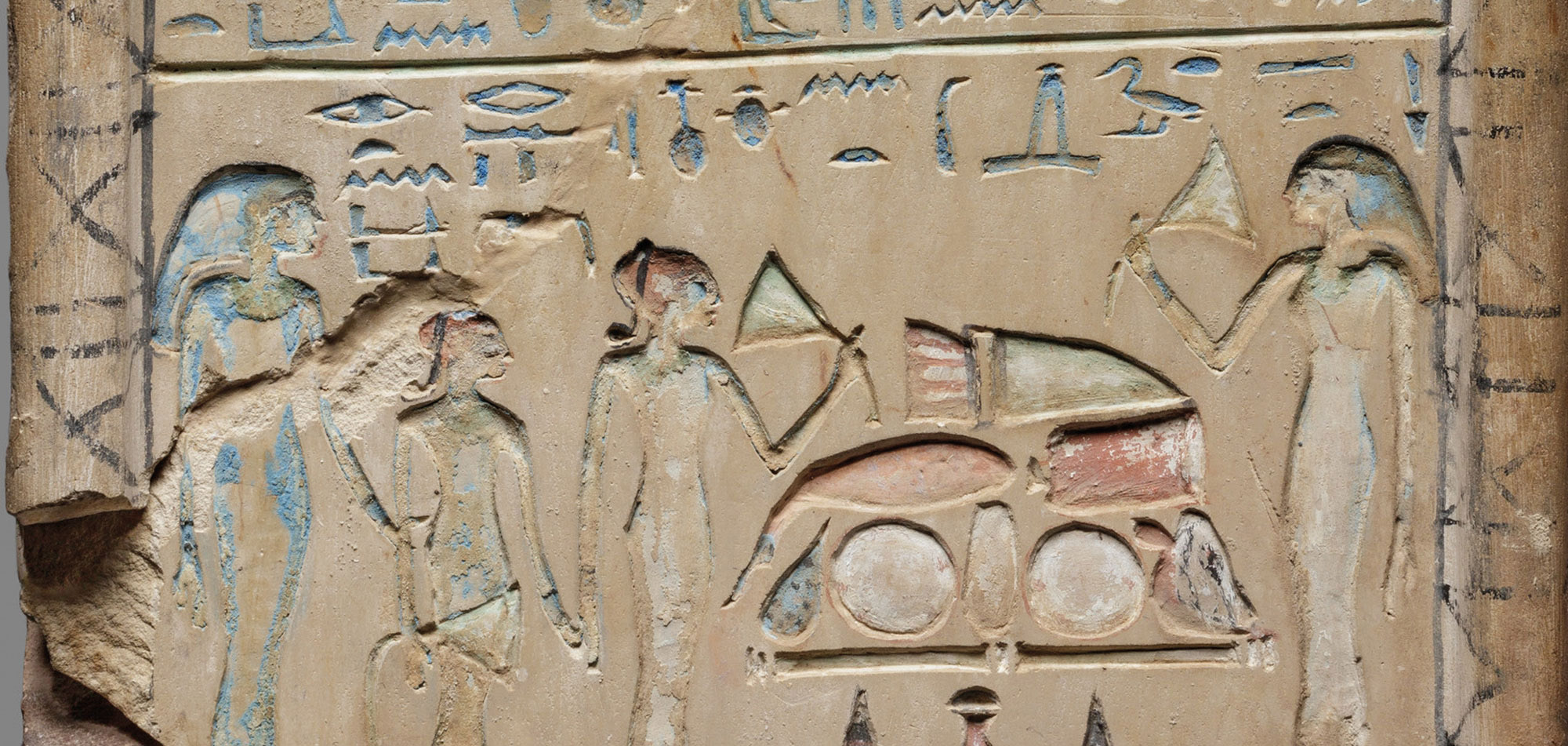
BARCELONA, SPAIN—According to a statement released by Frontiers, an excavation at the Iron Age hillfort of Tossal de Baltarga in the Eastern Pyrenees has uncovered a farmhouse that may have been destroyed by Hannibal and the Carthaginians on their way to attack Rome during the Second Punic War in the late third century B.C. “We know that Hannibal passed the Pyrenees fighting against the local tribes, likely the Cerretani,” said Oriol Olesti Vila of the Autonomous University of Barcelona. This site may represent one of those battles, he explained. An iron pickax and a gold earring placed in a small pot were recovered from the burned two-story structure. The bones of sheep, goats, and one horse were found on the building’s lower level, in addition to a metal horse bit, grains of oats and barley, and cooking vessels. Pieces of burned wood show that the animals were penned at the time of the fire. “This could be just an unexpected local fire,” Olesti Vila said. “But the presence of a hidden gold earring indicates the anticipation by the local people of some kind of threat, likely the arrival of an enemy. Also, the keeping of such a high number of animals in a little stall suggests the anticipation of danger,” he concluded. The site was eventually occupied by a Roman garrison. Read the original scholarly article about this research in Frontiers in Environmental Archaeology. To read about one of Hannibal's pivotal battles against Iberian tribes, go to "Around the World: Spain."


